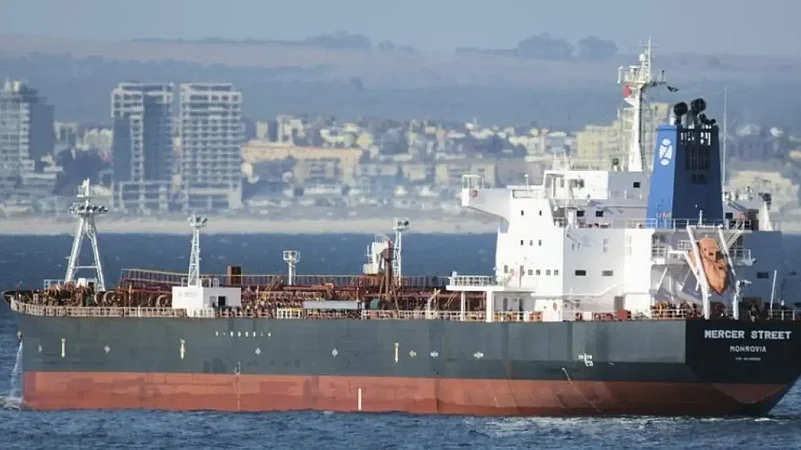In a sign of rising US-Iran tensions, the US military personnel are preparing to deploy on commercial ships passing through the Strait of Hormuz to deter harassment and capture of vessels by Iran, according to a report.
The confrontations between the US and Iranian militaries in the Persian Gulf region have increased in recent time amid hostile Iranian activities. Last month, the United States announced its bolstering its presence in the region with the additional deployment of fighter planes and a warship to the region.
While the US troops are training for the deployment and the shipping industry has been informed they can avail the services of US troops, the final authorisation has not yet come, according to the report.
In the past two years, Iran has attacked or seized over a dozen internationally-flagged ships, with two such incidents taking places last month alone.
What does the report say?
The US Marines are preparing for deployment aboard commercial ships to deter capture or harassment by Iran, reported ABC News.
The report said the final authorisation for the deployment has not yet come and that any potential deployment would be at the request of shipping companies and not mandated by the US government.
"The U.S. is considering multiple options, and is likely to offer protections to ships that are U.S.-flagged, carrying crews that include U.S. citizens, or bringing cargo to or from the U.S., according to the official...The commercial shipping industry has been made aware that this option is or will become available on a voluntary basis. The U.S. now is waiting for commercial shipping companies to request protection," reported ABC News.
Personnel from the 26th Marine Expeditionary Unit are training in 20-member teams for potential deployment, said the report.
ABC News reported, "The U.S. official said the presence of Marines aboard civilian vessels is expected to be a strong deterrent to Iran. And while their mission would be defensive, the Marines would have the right to defend themselves as necessary, the official said."
Rising Iranian hostile activities prompt US response
Since 2021, Iran has attacked or seized 20 internationally-flagged ships in the region, according to a release by the US Navy last month.
Two incidents happened last month alone, which preceded the US announcement of the deployment of a warship and fighter planes to the region.
Regarding the deployment of additional warship and fighters last month, CNN reported, "The deployments come after two incidents earlier this month in which Iranian Navy ships attempted to seize merchant vessels in the Strait of Hormuz and the Gulf of Oman. The US Navy intervened in both incidents on July 5. In one instance, in which an Iranian vessel was approaching the Richmond Voyager oil tanker, Iranian personnel opened fire on the tanker and hit the ship near the crew’s living spaces."
Around 20 per cent of the world's oil passes through the Strait of Hormuz and that is why the region remains a flashpoint between the United States and Iran.
"For the U.S., keeping the Strait of Hormuz open to shipping remains a priority to ensure global energy prices don't spike, particularly as Russia's war on Ukraine pressures markets. Gulf Arab nations need the waterway to get their oil to market and worry about Iran's intentions in the wider region," reported Associated Press (AP), adding that the US military presence has increased in recent months after experiencing a drawdown for years.
AP further reported, "In recent months, the U.S. military has again begun dialing up its Mideast presence. It conducted a Strait of Hormuz patrol with the top U.S., British and French naval commanders in the region on board. In late March, A-10 Thunderbolt II warplanes arrived at Al Dhafra Air Base in the United Arab Emirates. The Pentagon ordered F-16 fighters, as well as the destroyer USS Thomas Hudner, to the region. Stealth F-35A Lightning II fighter jets arrived last week.


























